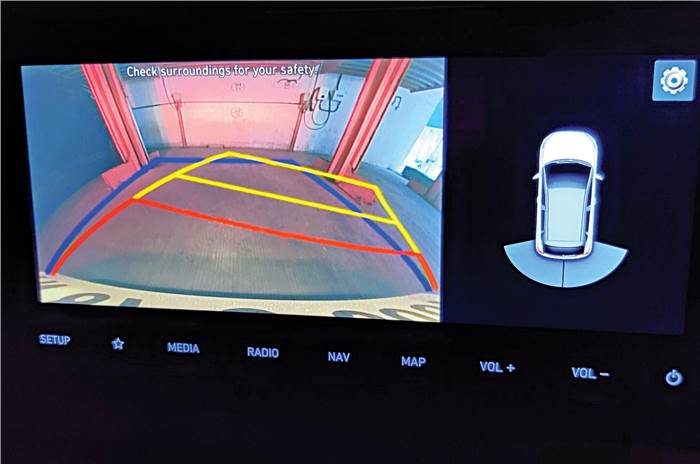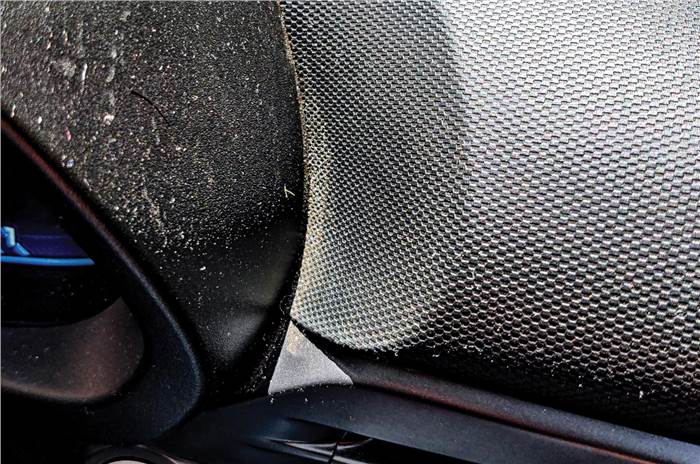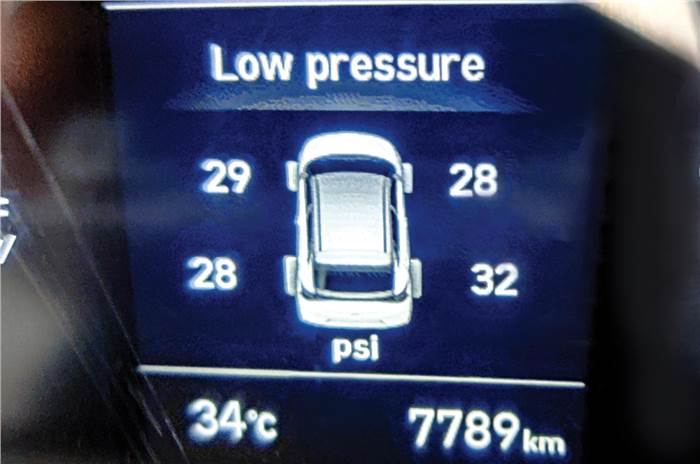Hyundai i20 iMT long term review, 8,600km report
Second report: The i20’s intelligent manual transmission is a big hit with our man, who’s readily taken to life without a clutch pedal.
Published on Jul 20, 2021 11:15:00 AM
74,546 Views
Follow us on

LOOK MA, NO CLUTCH!: The automated clutch works well and the setup is easy to get used to.
It’s a bit of a shame that you don’t see all that many Hyundai i20s and Venues, and for that matter Kia Sonets, with the iMT badge on them. I’ve lived with the i20 iMT (intelligent manual transmission) for a couple of months now and can vouch for the unique transmission as a good halfway house between a conventional manual and a far pricier torque-converter or dual-clutch automatic.
You could argue: ‘What’s the point? You have to change gears anyway’, and while that is true, if like me, you’ve grown up on a diet of manual-transmission cars, that task will be second nature to you. It’s the absence of a clutch pedal that makes all the difference. An iMT (intelligent manual transmission) automates clutch modulation – a big pain point in crawling, rush-hour commutes – and, at least in the i20’s case, does its job surprisingly well. Gearshifts are smooth, the car creeps forward quite naturally and even uphill starts aren’t problematic.

The best bit is how easy it is to get used to, something I witnessed firsthand when I hired a driver to drive my i20 iMT and me home after a night out. Sanjay, le chauffeur, who was quick to reassure me of his experience in a whole range of cars, looked positively flummoxed when he got into the driver’s seat. This was the first iMT he’d been in and the manual-like gear lever and auto-like two-pedal arrangement threw him off. It didn’t take much time to talk him through the dos and don’ts of the iMT, but still, I can’t say I was entirely comfortable with the idea of my late-night journey home being the practice run.
| Hyundai i20 Price, Mileage, Specifications, Features and Variants | |
|---|---|
| Brand | Hyundai |
| Model Name | i20 |
| Hyundai i20 Price | ₹ 8.01 - 14.44 lakh |
| Hyundai i20 Range/Mileage | Petrol : 16 - 20kpl |
| Hyundai i20 Specifications | Hatchback | 5 doors | 5 seats View All Specs |
| Hyundai i20 Features | LED headlight | 10.25-inch Touchscreen display | 6 airbags View All Features |
| Hyundai i20 Variants | 1.2 Petrol Era MT | 1.2 Petrol Magna MT | 1.2 Petrol Sportz MT View All Variants |
Thankfully, Sanjay got the hang of it quickly. Okay, the start was slightly jerky (shifting to second early helps) and he did forget to shift down once, only to wake up the gear reminder buzzers, but that was it. The rest of the drive was smooth and the setup (and superb reversing camera) also won praise from Sanjay, who’d just added the experience of another transmission type to his CV.

What’s nice is that the iMT is more MT than AT in its drinking habits. Fuel economy in town is around the 11kpl mark, which is not bad at all. A relaxed drive to Pune and back saw the figure rise to 17kpl. There haven’t been any problems to report, though I need to calibrate the TPMS with our trusty office tyre pressure gauge. The TPMS alert flashes intermittently and the car’s readings somehow seem a bit off.
Our i20’s odo has crossed the 8,500km mark, so a service will be in order over the next month or so. When it goes in, I’ll be putting in a special request for a thorough interior clean. Even the smallest specks of dust stand out in the all-black cabin and the particularly long period of inactivity over the lockdown hasn’t helped. Professional attention is needed to restore the original sheen.

With the rains upon us and flooding almost a certainty in Mumbai, I’ve been curious to know how to tackle a waterlogged street in an iMT. There’s no special mention of this scenario in the owner’s manual, so I hope the standard operating procedure for a manual applies here too. Fingers crossed, I’ll keep the car out of trouble... and water.
Also see:
Hyundai i20 N Line spied ahead of launch
Hyundai i20 Turbo iMT long term review, 7,000km report
| Fact File | Petrol |
|---|---|
| Distance covered | 8565km |
| Price when new | Rs 9.91 lakh (ex-showroom) |
| Test economy | 11.2kpl (city) |
| Maintenance costs | None |
| Faults | Inconsistent TPMS reading |
| Previous Report | March 2021 |
Copyright (c) Autocar India. All rights reserved.







Comments
Member Login
Personal Details
No comments yet. Be the first to comment.